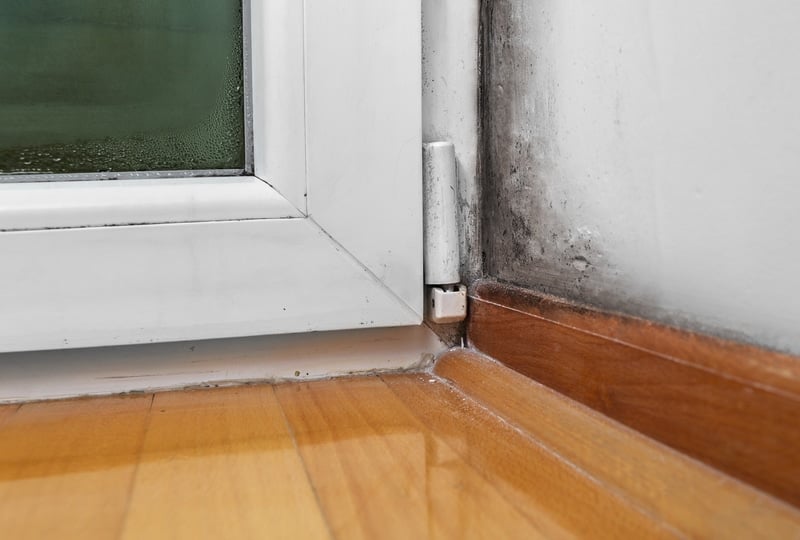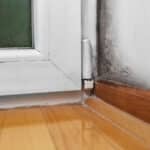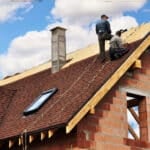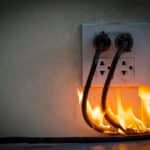Moisture can be a silent yet destructive force within homes, affecting various areas in ways that are often not immediately apparent. Whether you’re a home buyer or a seller, understanding how moisture impacts different sections of a property is crucial. This knowledge can guide you toward appropriate preventive measures or indicate where immediate repairs are needed. Let’s delve into some of the areas most susceptible to moisture damage.
Walls
Walls serve as the vertical barriers that define the boundaries of your home, but they can also become victims of moisture intrusion. Excessive humidity or leaks can lead to water-stained walls, peeling paint, or even the growth of mold and mildew. Over time, moisture can weaken the structural integrity of walls, especially if they are made of porous materials like wood or drywall. The problem may begin with a simple water stain but can escalate into a serious issue requiring extensive repairs. That’s why it’s crucial to address any sign of moisture in your walls as soon as possible.
Floors
Floors are another area where moisture can wreak havoc. Water leaks from appliances like dishwashers or washing machines can result in noticeable damage over time. Even moisture from the air, if not properly controlled, can cause issues. Laminate flooring is becoming increasingly popular among homeowners. While it offers aesthetic appeal, it can swell and warp when exposed to moisture. Hardwood floors can experience similar issues, leading to buckling or cupping. It’s essential to manage moisture levels to maintain the durability and appearance of your floors, especially when using materials sensitive to water damage.
The Roof
While the roof is designed to protect the home from various elements, including moisture, it is itself highly susceptible to water damage. Over time, roof shingles can deteriorate, allowing water to penetrate and cause damage to the underlying structure. Moisture can lead to wood rot, weakening the roof’s structural integrity and even leading to leaks into the interior of the home. Moreover, pooled water can serve as a breeding ground for algae and mold, causing additional problems. Regular inspection and maintenance of your roof can prevent minor issues from turning into major disasters.
Buying or selling a home involves paying attention to many details, and understanding the impact of moisture on various areas of the property is vital. Preventive measures can go a long way in mitigating risks. Ignoring the signs of moisture damage can result in costly and extensive repairs down the line. It’s far more economical and less stressful to take preventative steps. Employing simple strategies like using dehumidifiers, installing effective ventilation systems, and conducting regular inspections can make a world of difference. So take the time to safeguard these vulnerable areas in your home. After all, a home free from moisture damage is not just more comfortable and healthier but also more valuable in the long run.
Did You Enjoy Reading This Article? Here’s More to Read: Why Homeowners Often Avoid Inspections






